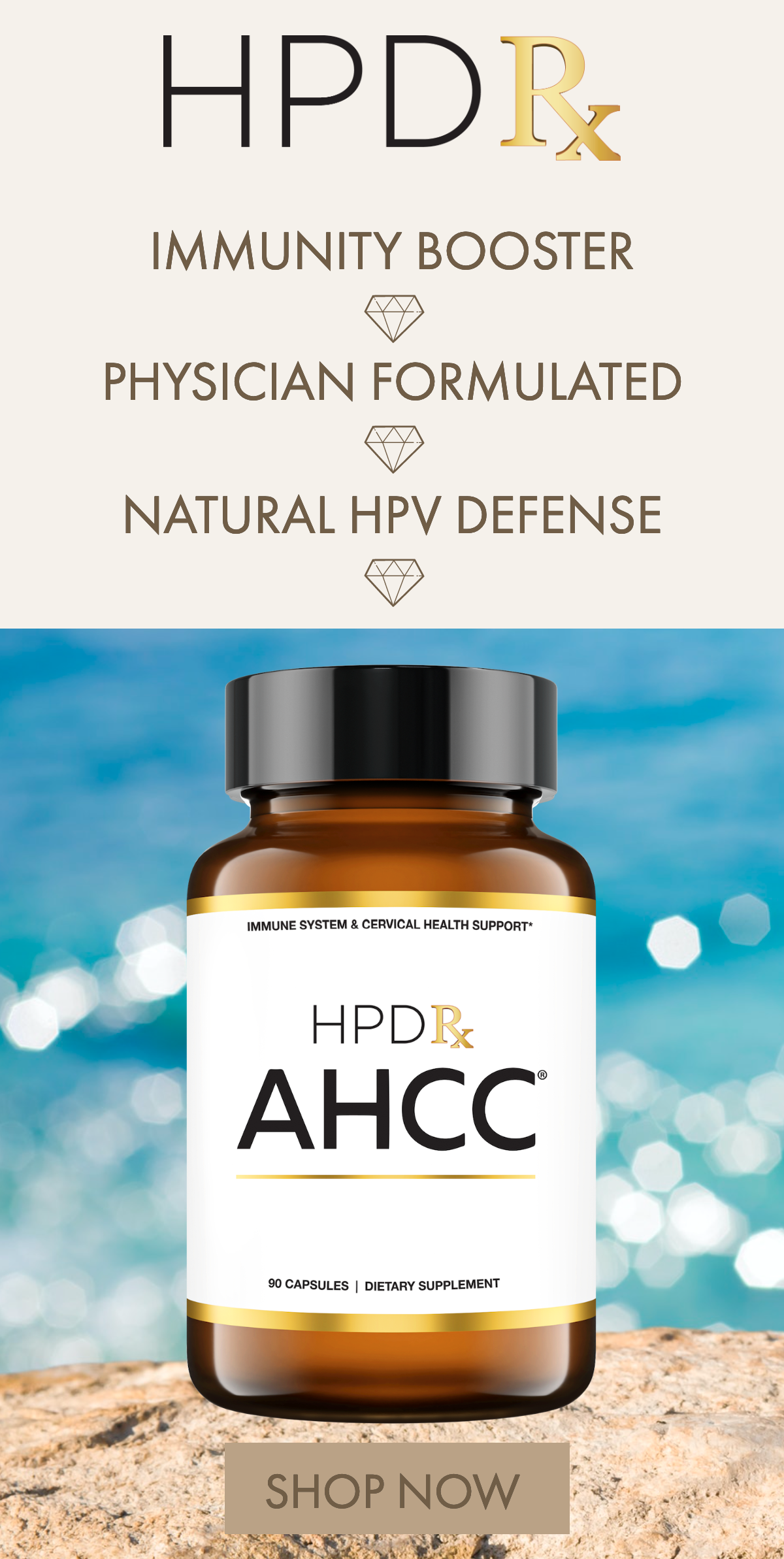
Human papillomavirus (HPV) is a group of viruses that can affect both men and women, affecting various areas on the body, including the mouth, throat, and genital area. In the U.S., HPV is the number one prevalent sexually transmitted virus. Given that there are more than 200 types of HPV, it’s typically categorized into low and higher-risk groups depending on how closely they are related to cancer.
Low-risk HPV tend to cause warts on the mouth, throat, and around the genitals. These types are not typically associated with cancer. High-risk HPV are known to be associated with cervical cancer in women, but may also be linked to cancer in the vagina, throat, vulva, and penis.
Causes Of HPV
HPV is spread from a user that hosts the virus to another person, primarily through direct skin contact, such as through a small cut or tear in the skin. The transmission of HPV in the genital area occurs through sexual intercourse, anal sex, or various types of direct skin contact within the genital region.
HPV that affects the mouth or throat may be transmitted through oral sex. Common signs of oral HPV include warts, small lesions, white or red patches, or clusters that have a cauliflower appearance. One may also develop sores in the throat, which can cause the throat to hurt.
How Common Is HPV?
According to the Center For Disease Control and Prevention, around 43 million people were infected with HPV in 2018, with the majority being young adults. They also report that approximately 10% of males and 3.6% of females in the United States are affected by oral HPV. It’s more common than many people think, and the CDC states that almost everyone will be a carrier of HPV at some point.
HPV Risk Factors
There are certain risk factors that can contribute to people getting HPV, including:
- Having numerous sexual encounters
- Unprotected sex, including oral sex
- A compromised immune system
- Deep kissing
- Many sexual partners
- Sharing drinks, cigarettes, utensils, etc.
- Engaging in sex at an early age
Knowing the risk factors and practicing safe sex may decrease your chances at contracting or spreading HPV. Many HPV cases tend to resolve on their own without one experiencing severe health issues, but there are the more serious high-risk HPV to protect yourself against.
Symptoms Of HPV
There are many people that carry HPV in their bodies, but they don’t experience any symptoms. However, there are some common signs that can indicate its presence. Genital warts are one of the most common symptoms of HPV. These warts can appear as small, flesh-colored bumps or clusters in the genital area. The warts may be flat or elevated and can cause itching or discomfort.
Abnormal changes in the cells of the cervix in a woman is another symptom of HPV. This is one reason healthcare providers encourage women to get regular Pap tests. These tests can detect the abnormalities early, which helps decrease the chances of getting cervical cancer if left untreated.
Some strains of HPV can cause throat or anal cancer as well, but these are not as common. Of course, symptoms of HPV can vary depending on the strain of the virus and individual factors, so you’ll want to seek medical advice if you suspect you may have been exposed to HPV.
Diagnosis
Diagnosing HPV usually comes via a Pap test, where a healthcare professional gently scrapes cells from the cervix with a special tool. An HPV test may be used as well, which looks for the higher-risk HPV types in cervical cells. Women ages 25 to 65 are encouraged to get Pap tests done every three years to screen for pre-cancer cells, but are also encouraged to get an HPV test, which is called a co-test.
Currently, the FDA only recommends testing HPV in the cervix, rather than other parts of the body.
Treatment Options
Often, the HPV virus clears up on its own without treatment. For those who receive the news that they have abnormal cervical cell growth, they may be treated by:
- Freezing and removing the abnormal cells with cryotherapy
- Laser therapy, where light is used to burn the cells.
- Conization, which is a procedure where the abnormal cells are removed
- Loop electrosurgical excision procedure (LEEP), which is a procedure where the abnormal cells are removed using electrical currents.
Prevention
Health experts assert that the best way to lower risk of contracting HPV is through the Gardasil 9 vaccination, as it offers nearly 100 percent protection for the high-risk HPV strains known to cause cancer. Doctors advise getting vaccinated until the age of 45. Children aged 11–12 should get two doses, while those 15 and older should receive three doses.
Safe sex methods also reduce the risk of contracting and/or passing HPV on to another person. Barrier methods during intercourse are recommended, as well as avoiding oral sex all together if one has an open cut. Getting tested regularly for HPV, regular dentist visits, and checking your mouth each month for sores contribute to proactive preventive measures.
Takeaway
HPV is a common virus that affects almost everyone at some point in their lives. It’s helpful to understand HPV so that there’s less chance of spreading this virus to others. The majority of individuals who contract HPV do not exhibit any symptoms and are able to naturally eliminate the virus from their bodies. However, those who do develop symptoms ought to obtain medical supervision to be sure that the virus doesn’t cause abnormal cell growth in the mouth or cervical area. Anyone who has HPV can be proactive in minimizing the transference of the virus to others by practicing safe sex methods or abstaining completely.
If you believe you have HPV, seek medical attention for an evaluation, diagnosis, and if necessary, treatment.
Sources
- Centers for Disease Control and Prevention. How is HPV spread?
- American Cancer Society. HPV and HPV Testing.
- HPV Treatment: Is There an HPV Cure?
- Centers for Disease Control and Prevention. Human Papillomavirus (HPV) – CDC Fact Sheet.
- Cleveland Clinic. HPV Vaccine: What You Need to Know.






